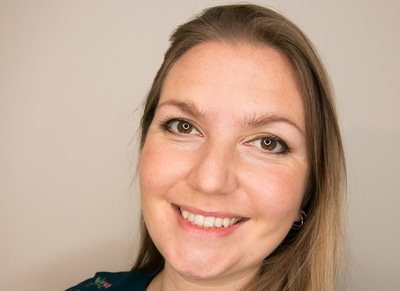- OT
- Life in practice
- Practitioner stories
- Locum life: “Optics has bounced back in a big way”
Locum life: “Optics has bounced back in a big way”
From months without work to a diary that’s busier than ever, OT charts the resurgence of the locum workforce in the face of the pandemic

23 December 2021
During the pandemic, restrictions on the provision of care and large-scale changes to the way optical practices operate dramatically altered the working lives of all eye care professionals.

Seemingly overnight, many locums saw their normally busy schedule, booked weeks in advance, transformed into an empty diary.
As 2021 draws to a close, OT speaks with two locum optometrists about their experience of the pandemic and what they have learned from this challenging time.
A dramatic shift
When the first UK lockdown came into effect in March 2020, all optometrists saw their working lives drastically transform.
Locum optometrist, Rebecca Rushton, shared that the months she experienced without income “were quite nerve-wracking.”
“I did contemplate going back into full time employment, but luckily I managed to get a couple of really interesting jobs just when I was thinking of making the leap,” she shared with OT.
“I’m really happy I just held out for a bit longer as I’ve never been happier,” Rushton added.
Fellow locum optometrist, Hassnain Safdar, shared that he also had second thoughts about going back to residency during the pandemic.
Three tips from Hassnain
- Upskill – I started independent prescribing training mid-way through the pandemic and have just finished the university course, giving me the chance to broaden my career options
- Be flexible with your working week/locations of work
- Get involved with your local optical committee to enhance the provision of eye care in your community. There are so many opportunities out there for locums to become involved in the wider field of optics, not just sight testing from nine to five.
However, as COVID-19 cases declined, he was asked by several practice directors whether he could provide cover.
Safdar also spent time working from home for NHS Test and Trace.
“Earlier this year an opportunity came about to work as a hospital optometrist as part of a cataract hospital clinic part-time, so I applied and was fortunate to get the job,” he shared.
Safdar now works part-time as a hospital optometrist alongside locum work in the community.
“I find it’s a really nice balance to the working week,” he emphasised.
The new normal
Two years after the first COVID-19 cases were detected in China, demand for locums has bounced back after optical practices resumed offering routine appointments.Rushton shared that she is “busier than ever before.”
“The biggest difference is the issues with personal protective equipment (PPE) and social distancing that all other colleagues will be accustomed to by now,” she shared.
Three tips from Rebecca
- Always keep some cash in the bank: you never know what's around the corner
- Life isn't just about money: I don't necessarily earn the most money but I make sure that the jobs I accept are fascinating and make me happy
- Your health is so important and should be your first priority. It took me far too long to realise this.
Safdar noted that PPE has created some challenges for optometrists – for example, glasses steaming up – but he recognises the importance of the measures.
“I think it’s probably a good thing we have to wear masks as we work so closely with patients,” he said.
Opportunities in the wake of the pandemic
Rushton shared that despite the loss of income during the early months of the pandemic, the locum workforce has proven resilient.
“The massive positive is that optics seems to have bounced back in a big way,” she said.
While Safdar also experienced a drop in earnings, he appreciated the time off from work, which enabled him to spend more time with his family than he had since qualification.
“I knew that as cases declined, eye tests would resume to some capacity so there would still be a need for locums, who provide an invaluable eye care service to the community,” he highlighted.


Comments (0)
You must be logged in to join the discussion. Log in